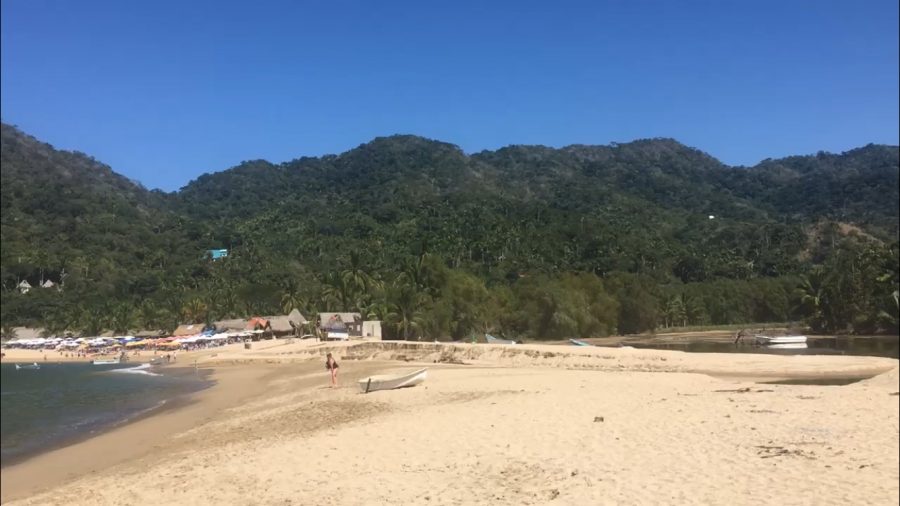On Being Seaside
March 19, 2021
All around the world, seaside towns are notorious for their natural beauty, their eclectic people, and their rich history. Scituate, one of many coastal towns in Massachusetts, stands as a prime and prominent example of the laid-back, boats-in-the-harbor reality of a nautically-minded location.
One could say the same about Yelapa. A small village on the Pacific coast of Mexico, Yelapa boasts a comparable boats-in-the-harbor, nonchalant attitude. In fact, at first glance, the similarities are striking. Even the etymologies of the two town names bear resemblance: Scituate comes from the indigenous Wampanoag term “satuit,” meaning cold brook, while Yelapa, in an old native language, translates to where two rivers meet the sea.
Though these two towns are remarkably and undeniably parallel, there is one difference that can not be overlooked: Yelapa is one of the few villages in the modern world that has been consistently owned, controlled, and occupied by its original inhabitants. In other words, Yelapa has never been colonized.
The history of Yelapa showcases the unwavering soul of the village and its inhabitants, giving the town a unique pride not felt in many other places. In 1524, during the Spanish Conquest of Mexico, Francisco Cortes (cousin of Hernan Cortes, the infamous conquistador) led a party of Spanish soldiers through the mountains–Yelapa is only accessible today by boat–and down into the valley where, appropriately, the two rivers met the sea.
As the events played out, the soldiers, weak and weary, happened upon the local population and were met with kindness and hospitality. There, Cortes and his army chose not to conquer, and instead enjoyed the friendly oasis that visitors enjoy to this day. Leaving the village untouched and with reminiscent fondness, Cortes returned through the mountains to the city of Puerto Vallarta. Subsequently, in 1581, King Phillip II of Spain granted the indigenous people of Yelapa control over their own land. When the Mexican Constitution was written in 1910, Yelapa was given protection as a comunidad indigena, bestowing upon the people continued independent ownership and governance of their land.
The story of Yelapa’s success may have been impossible in colonized New England; Scituate is not protected by mountains, and disease wiped out the Wampanoag tribe in one fell swoop. Nevertheless, America could learn something from Yelapa’s story about acceptance, the value of diversity, and the potential benefits of sharing wealth and land. And, as it stands right now, the lack of these qualities tells us we might just be a better country if we laid down our weapons and brought a little bit of Yelapa home to us.
